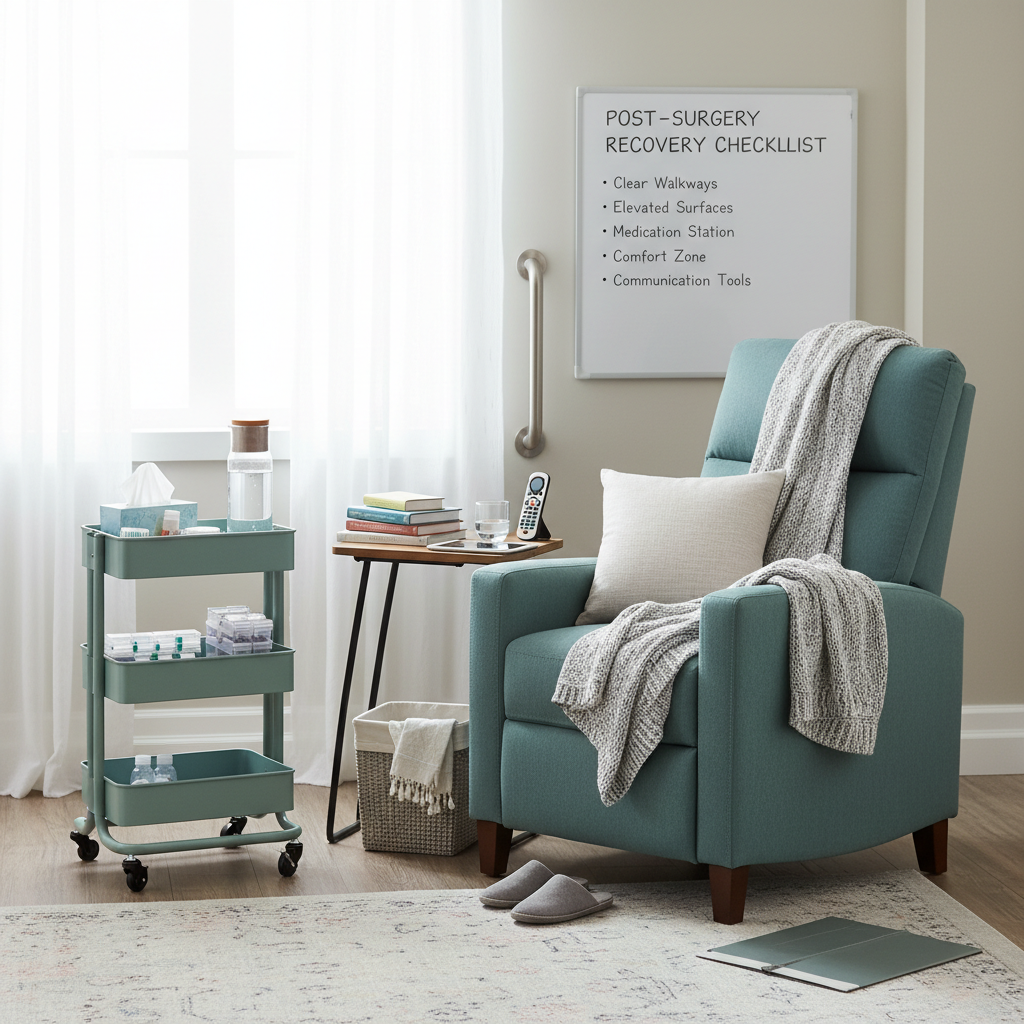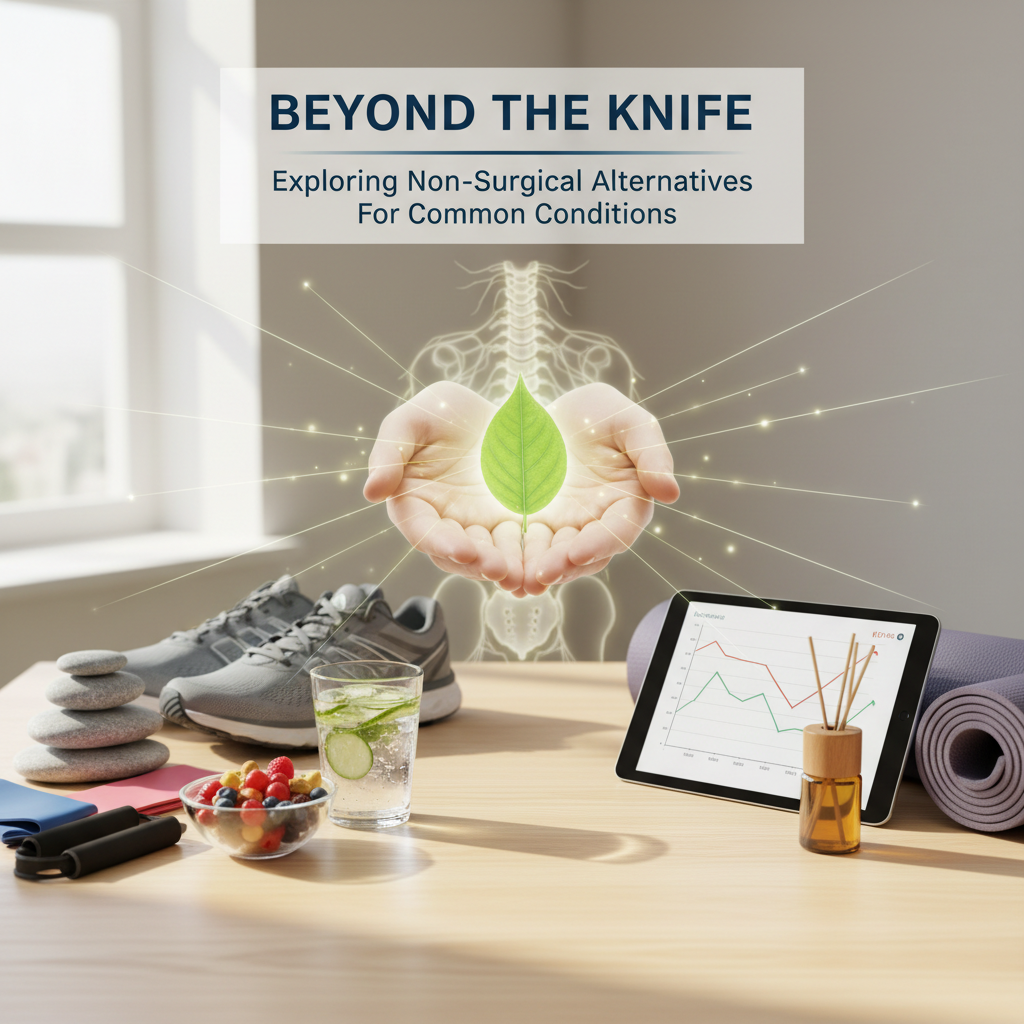The Future of Surgery: Exploring Robotics and AI in the Operating Room
For patients (and caregivers) staring down a possible operation—and for health leaders trying to make smart tech choices—this guide is for you. You’re likely wrestling with real worries: Is robotic surgery actually safer, will AI in surgery make mistakes, how do I pick the right surgeon, and what does recovery look like without blowing the budget. If that’s you, breathe. Our surgical innovation team helps people navigate these exact decisions every week, pairing minimally invasive surgery advancements with practical guidance—so you get clarity, not hype, and a plan that fits your body and your life. For more information, check out our guide on surgical decisions.
The future of medicine in the OR: a quick take
Here’s the simple version: robotic surgery extends a skilled surgeon’s hands; AI sharpens their eyes and timing. Together, they aim for smaller incisions, steadier moves, and fewer complications. Not sci‑fi—just better tools in trained hands.
What is robotic surgery?
Robotic surgery is minimally invasive surgery where your surgeon controls robotic instruments from a console. Learn more about minimally invasive surgery. Think high‑definition 3D vision, wristed tools that bend far beyond the human wrist, and tremor filtration for ultra‑steady movements. The robot doesn’t “decide”—the surgeon does. For more information, check out our guide on minimally invasive surgeries.
Do robots operate by themselves?
No. Real talk: current surgical robots are master‑slave systems. Your surgeon commands every move in real time. Some steps—camera positioning, suturing assistance—can be semi‑automated, but a human is in charge start to finish.
How is AI used in surgery today?
AI in surgery is already here in practical ways (not just research posters). Computer vision can label anatomy on the screen, suggest safe dissection planes, and alert the team when a risky zone is getting close. Workflow AIs timestamp key steps, predict remaining case time, and help the room prepare the right instruments sooner. Documentation assistants auto‑build accurate op notes while the team focuses on the patient. And yes, scheduling AIs reduce delays—five fewer minutes of idle time adds up over 17 cases.
From what I’ve seen, the biggest win is consistency: AI nudges standard work, so critical safety checks aren’t skipped on a busy Thursday afternoon.
Is robotic surgery safer or better than traditional surgery?
Sometimes yes, sometimes neutral, rarely worse—depends on the procedure and the team. Many hospitals report less blood loss, fewer wound infections, and shorter stays for select operations (prostatectomy, hysterectomy, colorectal resections). For straightforward cases, outcomes can be similar; for complex deep‑pelvic or narrow‑space work, the robot’s dexterity can shine.
Why? Because small incisions plus precise motion usually mean less tissue trauma. But skill matters more than the logo on the cart. A high‑volume surgeon with 500 robotic cases typically outruns a low‑volume surgeon on any platform.
Benefits you can feel (and the trade‑offs)
Key benefits
Smaller incisions mean less pain for many patients and faster mobility—getting you walking the same day, eating sooner, and home earlier. The 3D magnified view helps protect delicate structures (nerves, vessels) and can improve continence and sexual function in operations where that’s at stake. Surgeons also get better ergonomics—less fatigue during a 4‑hour case translates to steadier performance in hour 4.
Real limitations
Setup time can be longer. Instruments and disposables aren’t cheap, and not every center has every system on the shelf. There’s a learning curve—teams need repetition to hit peak efficiency. And no, robotic surgery isn’t automatically “better” for every hernia, gallbladder, or appendix. The right tool depends on your anatomy, diagnosis, and the surgeon’s proficiency.
What procedures commonly use robotic surgery?
Urology (prostate, kidney), gynecology (hysterectomy, endometriosis), general surgery (hernia repairs, colorectal resections), thoracic (lung, mediastinal), bariatric (gastric bypass, sleeve), and some ENT and cardiac procedures. If you’ve heard about “single‑site” or “single‑port” surgery, that’s a robotic approach designed to reduce the number of skin incisions—one hidden belly button scar instead of four small ones.
How do robotics and AI work together in the OR?
Picture this: the robot provides precise motion; AI overlays guidance on the screen, highlights critical anatomy, and tracks progress through each step. If bleeding spikes, AI can alert the team; if the view drifts, automated camera control recenters the field. It’s like having a calm, experienced assistant that never blinks, while your surgeon leads.
Will AI replace surgeons?
No. And I’d argue that’s the wrong question. AI will replace variability—helping every team hit a higher baseline of safety and efficiency. Your surgeon’s judgment, empathy, and ability to adapt on the fly remain non‑negotiable. Think co‑pilot, not autopilot.
Minimally invasive surgery advancements to watch
Smarter vision and imaging
Fluorescence imaging to see blood flow in real time. AR overlays that align scans with what the camera sees. Surgical video analytics that turn 1,000 hours of footage into 1 lesson you can use on the next case.
Haptics and force awareness
Newer robotic systems are adding better force sensing and ergonomics—useful in delicate tissue handling where “too much” can mean a leak or nerve injury. I’ve noticed surgeons value subtle tactile cues as much as sharper visuals.
Autonomous micro‑tasks
Camera steering, staple line checks, suture placement assistance—small but meaningful automations that speed the routine parts so humans can focus on the critical ones.
AI training and credentialing
Objective skill scoring from surgical video is emerging, which means safer pathways for trainees and clearer credentialing for hospitals. Better for patients, fairer for clinicians.
What about recovery—what should I expect?
Many patients go home sooner with robotic surgery, often within 1–2 days for moderate procedures and same‑day for simpler ones. Pain is usually managed with non‑opioid meds, walking starts early (think hallway laps within 12 hours), and light activity resumes quickly. That said, internal healing still takes time—your insides don’t know the incision was small. Follow your surgeon’s plan for movement, diet, and wound care, and speak up if something feels off: fever, worsening pain, redness, or drainage.
Pro tip: ask your team for a written “day‑by‑day” aftercare plan. Clarity reduces calls and anxiety by a lot.
Is robotic surgery more expensive—and does insurance cover it?
Hospitals invest in the robot and instruments, which can raise facility costs. For patients, insurance typically covers the procedure if it’s medically indicated; you shouldn’t see a separate “robot fee” from your surgeon. Your out‑of‑pocket cost depends on your plan’s deductible and co‑insurance. If you’re comparing hospitals, ask for a good‑faith estimate in writing—one phone call can uncover the 3 line items that matter most: facility fee, anesthesia, and professional fee.
How to choose a surgeon and hospital for robotic surgery
Ask these 7 questions. They cut through the marketing fluff:
1) How many of this exact procedure have you done robotically in the past 12 months?
2) What’s your conversion rate to open surgery—and why does it happen?
3) What are your complication and readmission rates, and how do they compare to national benchmarks?
4) Who else is on the team (assistant, anesthesiologist, nursing), and how often do you work together?
5) What’s the plan if something unexpected happens—do you have the resources on site?
6) Will AI tools or imaging guidance be used, and how do they change my risk?
7) What does recovery look like day by day, and who do I call at 2 a.m. if I’m worried?
If this feels overwhelming, our team can handle it for you—vetting surgeon experience, checking outcomes, and lining up second opinions so you don’t have to chase 12 portals and 9 voicemails.
Are outcomes really better with robotic and AI‑assisted surgery?
Short version: for the right operations in experienced hands, yes—less blood loss, fewer wound issues, smoother recovery. For routine, low‑complexity cases, differences can be modest. The biggest predictors of success remain surgeon skill, hospital readiness, and your overall health going into surgery (sleep, nutrition, diabetes control, smoking status). Small prehab changes—7 days of walking, protein goals, and breathing exercises—move the needle more than most people realize.
What’s next in surgical technology?
Expect more interoperability (robots, imaging, and records talking to each other without drama), better haptics, and AI that continuously learns from real outcomes—not just lab demos. In 1 sentence: safer, smarter, more personal surgery that still keeps a human at the helm.
Bottom line: choosing confidence, not just technology
Look, tech can wow you. But results are about people, preparation, and process. If you’re considering robotic surgery or want to understand how AI in surgery affects your specific case, we can walk you through options, confirm candidacy, and coordinate with high‑volume teams who do this every week. The best part is—well, actually there are two best parts—clear expectations and fewer surprises. That’s what future‑ready care should feel like.




